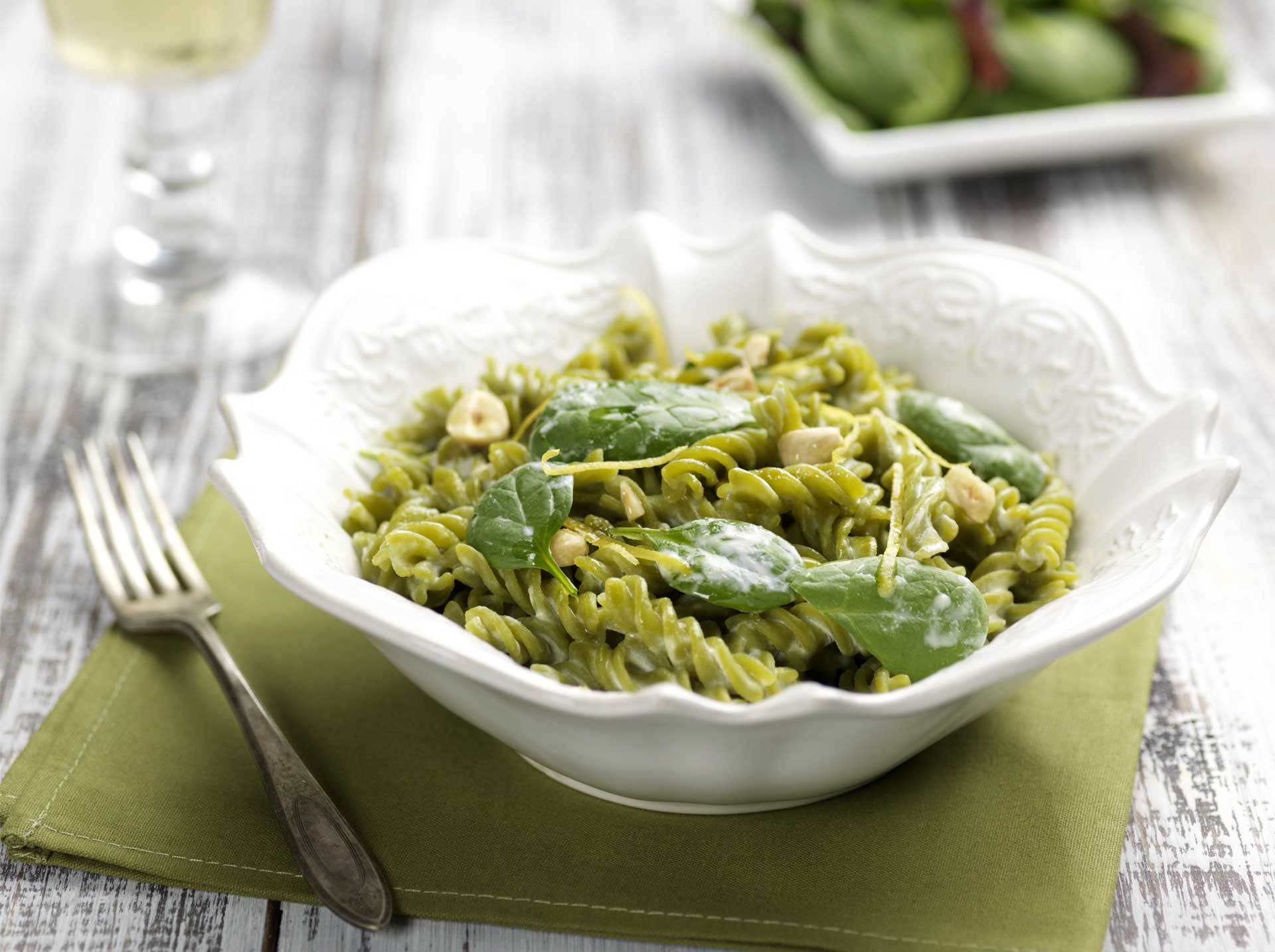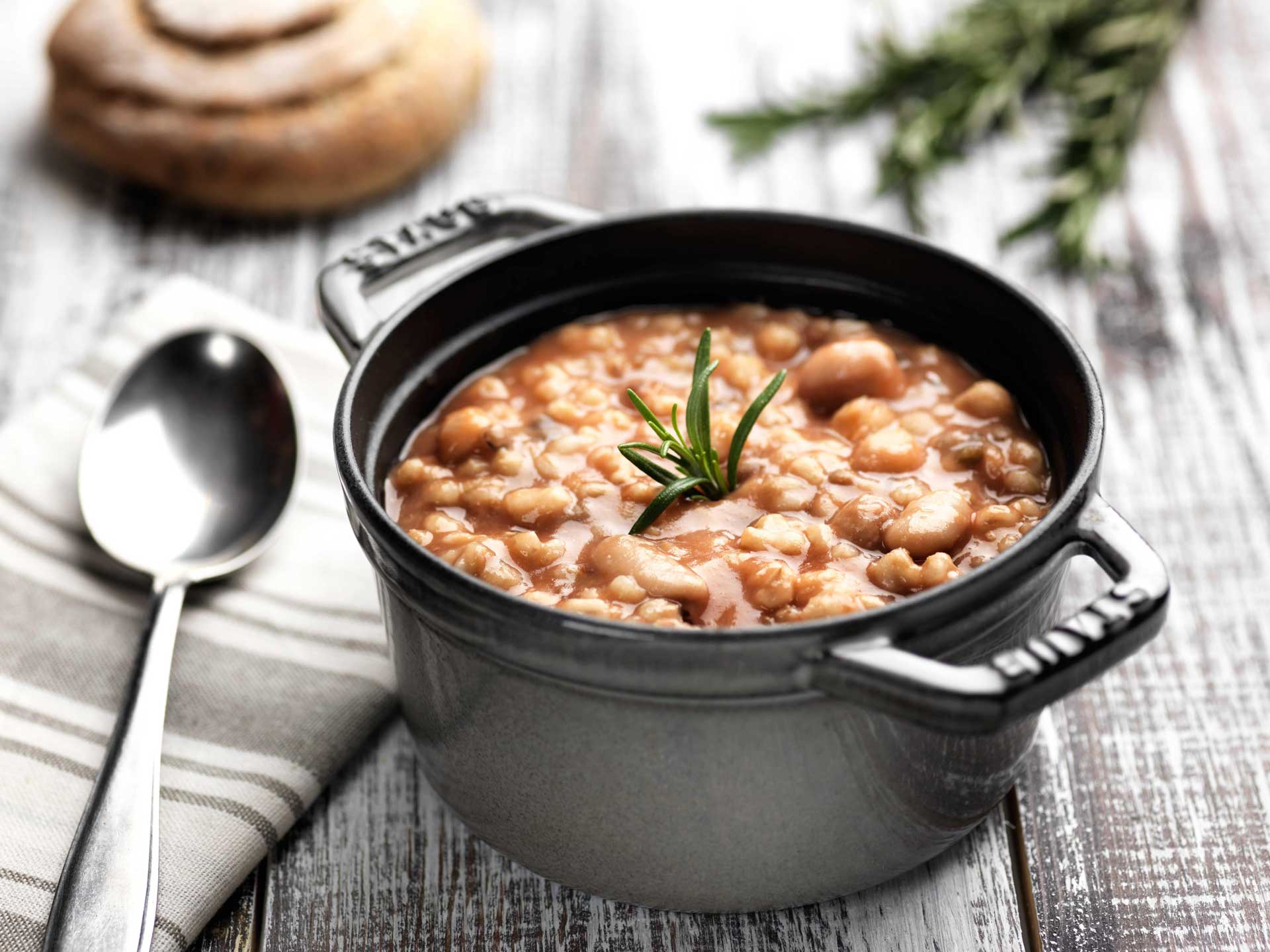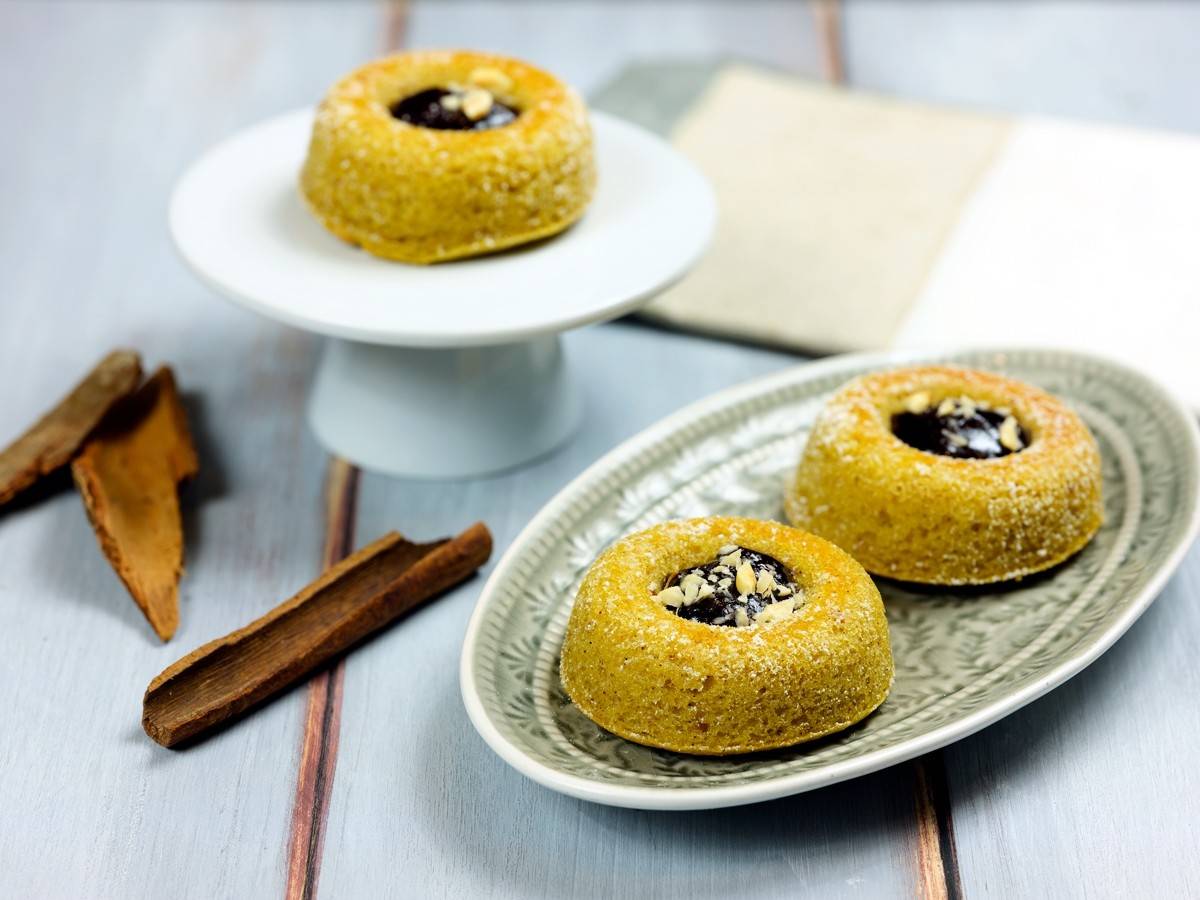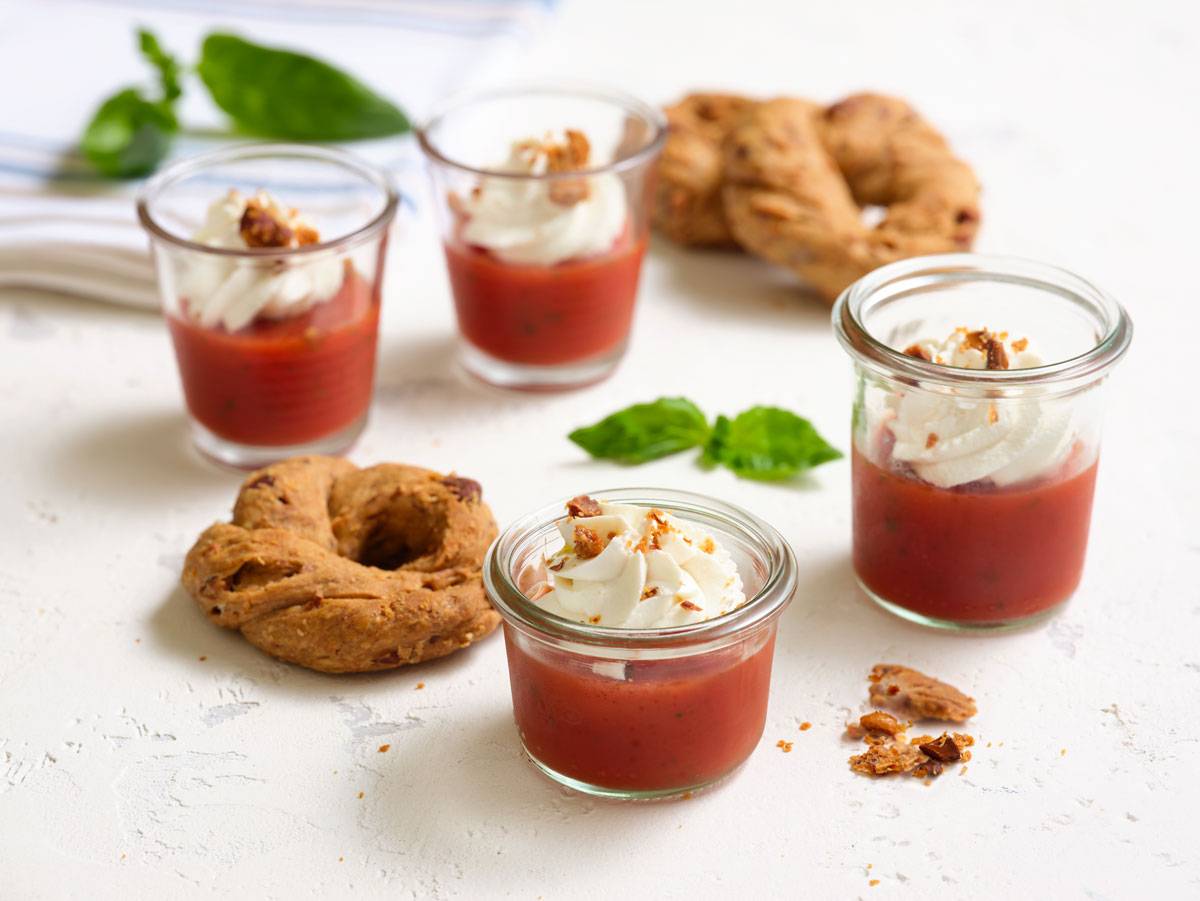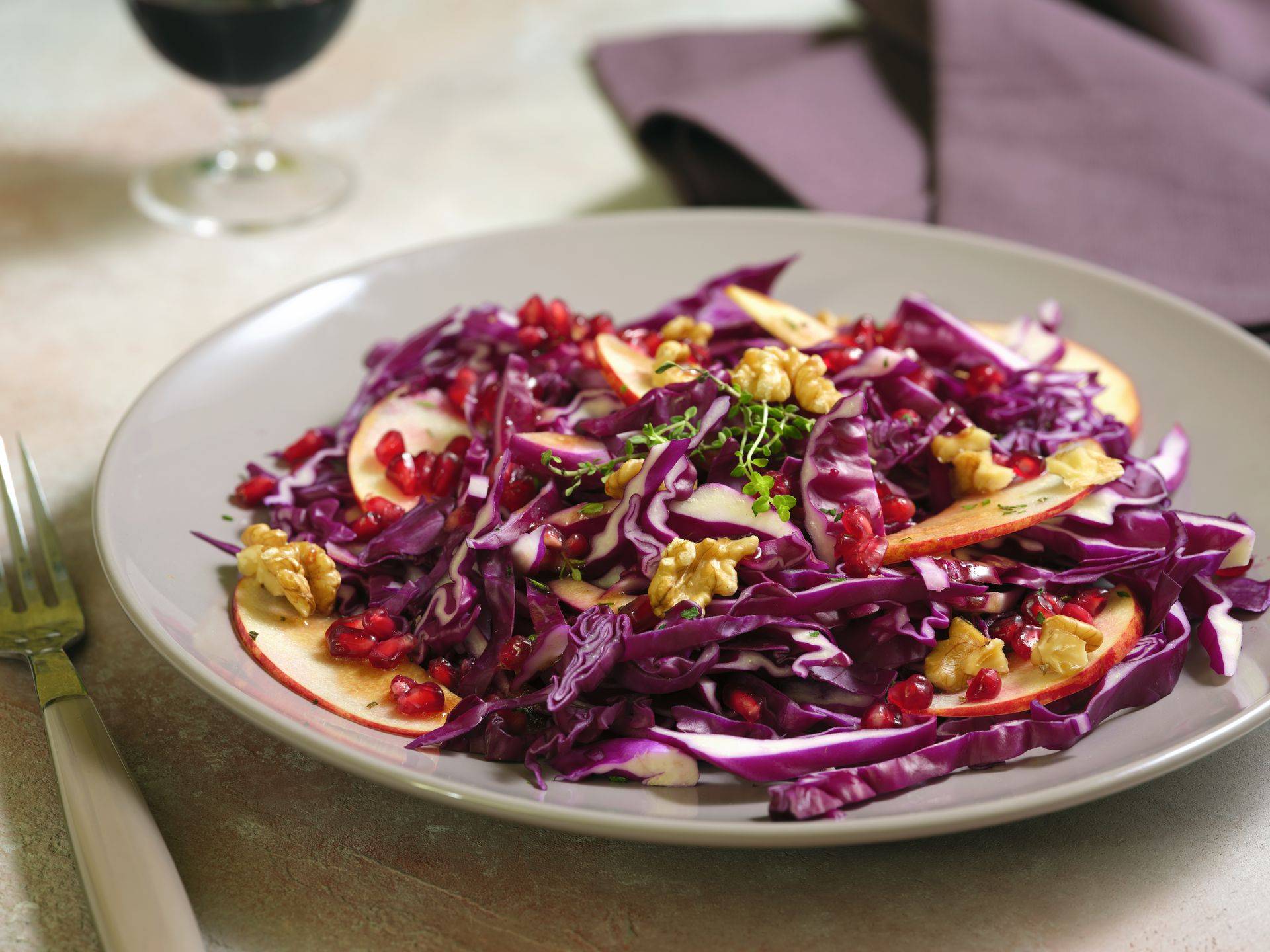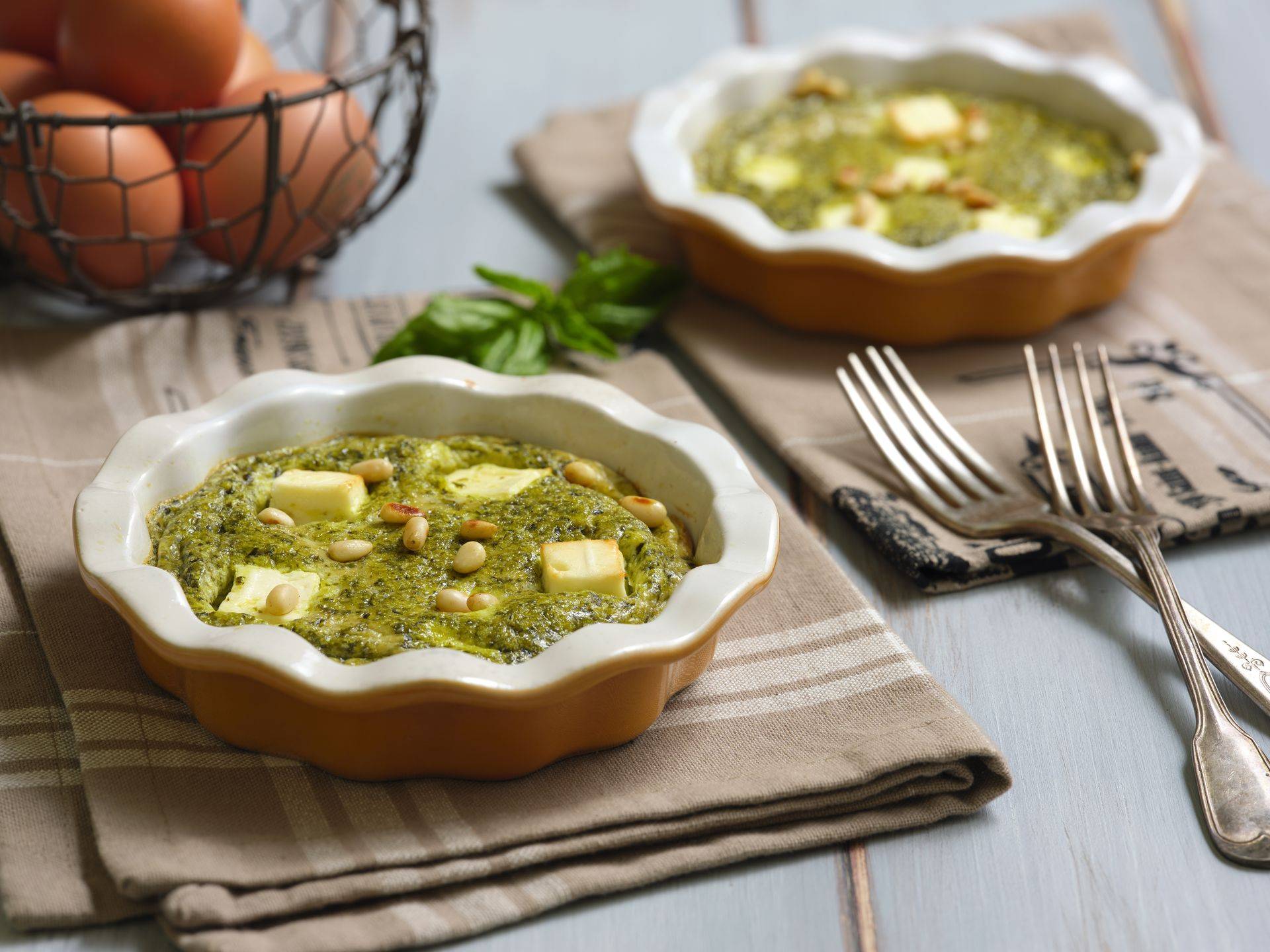
Quality and Quantity: Now is the Right Time!
After two months of lockdown, all of us are still grappling with daily difficulties that span various areas, from emotional to economic, to dietary.
The most attentive and rigorous have barely managed to maintain their weight, continuing to engage in home-based physical activity and following discrete dietary rules; many others have gained weight due to increased sedentary behavior and an unbalanced diet.
But we still have time to set things right! The goal is not to accumulate more weight and avoid further damage.
At the beginning of the quarantine, we talked about how important it was to organize shopping well, both to eat better and to avoid unnecessary waste, and how useful and effective it could be to plan the family menu for at least 4-5 days.
The ideal would be to unify the menu by seeking common choices for the whole family, except for particular needs (preferences, intolerances, allergies), in order to make daily preparations easier.
Meeting the needs of our bodies by learning to choose the healthiest foods and distributing them correctly throughout the day and week is the foundation of a healthy diet. By properly varying and alternating food choices, we can ensure a balanced diet that provides all the necessary nutrients for our well-being regularly and in adequate amounts.
So, it's time to take a step forward, to add a new element to our diet. It's time to pay attention not only to the quality and frequency of our meals but also to the quantities. It's essential to know what's on our plate, but it's equally important to know how much we're about to ingest.
Without falling into unnecessary and harmful obsessions, weighing food is a good habit.
I would immediately make a distinction and for simplicity, I would divide foods into two groups:
Those TO ALWAYS WEIGH
Those NOT TO WEIGH or to quantify with household measures
In the first group, I would include: pasta, rice, legumes, and grains (spelt, barley, quinoa), potatoes, corn, bread, breakfast cereals, oil.
These are the foods that, given their caloric content, need to be carefully measured, in other words, we need to know how much we have on our plate. For a family, for simplicity, the quantities of each will be summed if preparing pasta with vegetables or legumes, and then divided with a ladle (using household measures). For a child, 1 ladle will suffice, 1 and ½ for an average-sized woman, 2 ladles for a normal-weight man who engages in regular physical activity (the indications are purely indicative and generic).
Legumes can be weighed both raw and cooked, bearing in mind that the quantity of cooked is approximately three times that of raw (e.g., 50 g of dried beans = 150 g of cooked beans drained).
Even extra virgin olive oil, which has an important caloric content, should be measured despite being the best condiment fat and one of the main elements of the Mediterranean diet (given the variety of very important functional substances such as vitamin E and essential fatty acids). It can be measured with a tablespoon (1 tablespoon = 10 g = 90 kcal) or with specific measuring spoons (with scales in ml).
Fruits and vegetables are foods that do not need to be weighed. However, an average portion is about 200 g but can be increased as desired.
On the contrary, fruit should be kept under control, so it is useful to know that a medium-sized fruit (apple, pear) weighs about 150-170 g, but an orange can weigh more than 200 g. An average portion of fruit is 150 g (net weight, excluding peel and seeds).
Regarding protein-rich foods, we can also avoid the scale, bearing in mind that a portion of meat for an adult is about 150 g and that a portion of fish can be even more generous (consider that the market weight of a sea bream or sea bass is about double the clean net weight).
Be careful with cheeses, dairy products, cold cuts, and preserved meats! These are calorie-dense and fatty foods, so quantifying them (or buying them already portioned) can be very useful to avoid introducing too many calories.
As for milk or plant-based beverages (or yogurt), a breakfast portion varies between 150 and 250 ml: a glass (180 ml) or a cup (small 200 ml, medium 250 ml) will be enough to measure the desired quantity.
I conclude with a food, an essential element, that we often forget: water. In this case, too, it should be measured to avoid taking in too little (it is difficult to drink too much, except in some pathological conditions). If the bottle of the usual 2 liters, recommended by nutritionists and others, scares us, we can always think of dividing it into 10-12 glasses to sip throughout the day.
